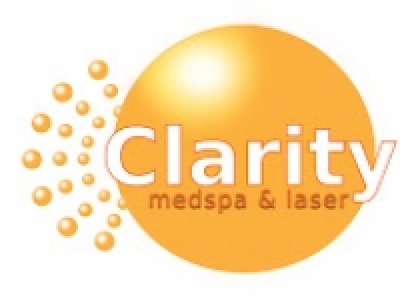One’s skin can naturally shed billions of cells each day. However, when this shedding process slows down the negative impact can include skin problems such as: dry skin, flakiness, clogged pores, bumps, redness, oily skin, wrinkles, pigmentations and the list goes on.
Restoring skin to a brighter and healthier looking appearance can be achieved by simply encouraging cellular turnover. This process, referred to as exfoliation, can be done in a variety of ways, both at home and in a medical spa, professional or spa environment.
According to Chantal Ward, RN, “Exfoliation is essential for healthy and younger looking skin as it offers deeper cleansing to help ensure that pores do not become clogged with oil, dirt, and makeup”.
Ms. Ward goes on to explain common exfoliation options:
- Physical / Manual Exfoliation.
- Chemical Exfoliation.
Physical Exfoliation- Physical exfoliation generally incorporates a tool, cloth, sponge or the use of products that contain some type of rough or grainy material that is rubbed against the skin. All of these are intended to buff away dead cells and help reveal fresher looking skin. What can be a problem with scrubs is that the texture of the ingredients can cause damage by tearing into the skin, causing tiny injuries that damage the skin’s barriers. Exfoliating can be as simple as using a face cloth with one’s cleanser to encourage dead cell removal.
As a general rule, exercise caution and watch for signs of over exfoliation. For those completely new to the process, it is prudent to patch test any new product for skin sensitivities. Physical exfoliating processes can vary in their ability to deliver depending on the method or the ingredients used in the formulations. Included in this category is “Gommage”, a French word for “scrub”. Gommage appears as a paste or cream that is thinly applied to the skin and removed once it dries by rubbing in circular motions. This massaging action picks up the outermost dead cells to reveal a smoother layer. There was once a time when the gommage facial was a preferred method; however, with advancements in skin-care and the introduction of chemical peels, it is not used as often in facial treatments.
Chemical Exfoliation Chemical- exfoliation can include a variety of ingredients such as fruit enzymes (Papain, Bromelain), AHA’s & BHA’s (lactic acid, glycolic acid, salicylic acid) or vitamin A (retinol or retinoids). These work to break the bonds between skin cells to loosen dead cells & reveal fresher looking skin. While AHa’s and BHA’s are both brilliant options to reduce wrinkles and stimulate collagen, each has special properties that should be considered depending on the condition of the skin being treated.
Chantal Ward, RN recommends that one seek the advice of a trained professional to ensure safety and effectiveness with all exfoliants.



